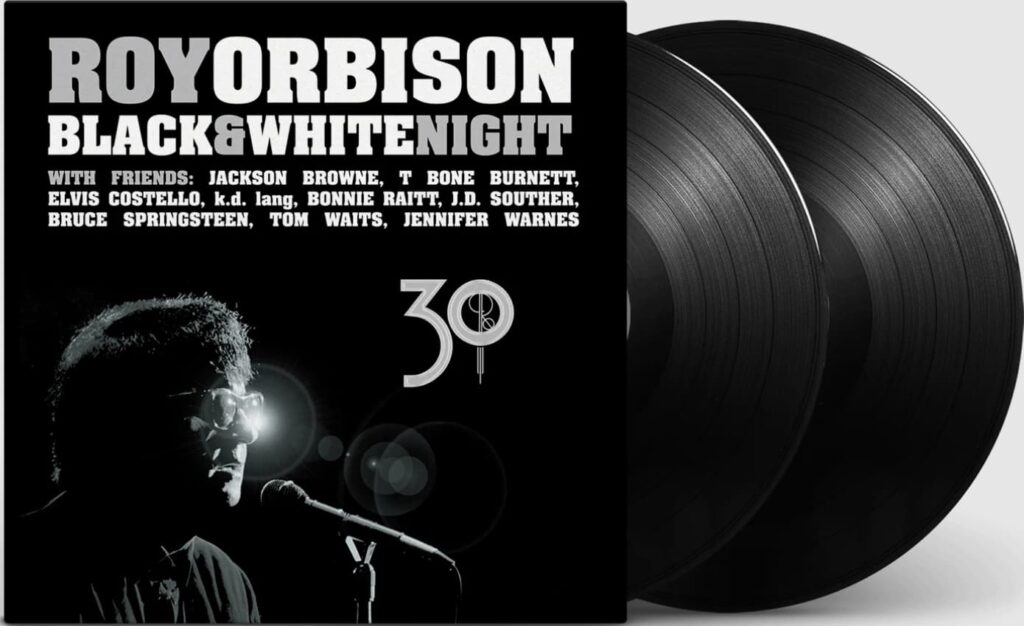
An Enduring Anthem of Solitude and Universal Heartbreak 💔
In the vast, glittering tapestry of 20th-century pop music, few voices resonate with the unique, aching purity of Roy Orbison. His songs weren’t just melodies; they were cinematic short films exploring the desolate landscapes of the human heart. And perhaps no song captured that quintessential Orbisonian despair, that grand, dramatic solitude, quite like “Only the Lonely (Know the Way I Feel)”. While the version you cite, “Only the Lonely (Black & White Night 30)”, is a powerful, retrospective document, it’s the original 1960 recording that etched this masterpiece into the bedrock of rock and roll history.
That original single, released on the Monument label, became a career-defining moment for the man they’d call “The Big O”. It soared, hitting No. 2 on the Billboard Hot 100 chart in the United States and claiming the No. 1 spot on the UK Singles Chart. This success was revolutionary; it cemented Orbison’s status not as a mere rockabilly artist, but as a crooning architect of sophisticated, operatic rock. The immediate, universal appeal was clear: it spoke to anyone who’d ever felt left out, overlooked, or utterly alone in their sorrow.
The story behind “Only the Lonely” is rooted in a pivotal creative partnership. Orbison, having experienced only minor chart success before this, co-wrote the song with his frequent collaborator, Joe Melson. The initial idea for the song was far simpler, almost a doo-wop number. However, the true magic came from the structural and sonic innovations that Orbison and producer Fred Foster introduced. They famously struggled with how to begin the song. It was Orbison’s decision to use that sudden, soaring, almost impossible falsetto — the one that sounds like a cry echoing across an empty canyon — on the line, “Tra-la-la-la-la, la-la-la-la,” which provided the signature, unforgettable opening. This bold, dramatic move broke the mold of typical pop song structures of the time.
The meaning of “Only the Lonely” is heartbreakingly simple and yet profoundly complex. It’s an exploration of solipsism in sorrow. The lyric doesn’t just detail a broken heart; it asserts that the depth of that specific heartbreak is incomprehensible to anyone who hasn’t lived it. “Only the lonely know the way I feel,” is a statement of isolating emotional fact. It transforms personal pain into a kind of exclusive, tragic club. Orbison’s rich baritone and stratospheric tenor convey a desperate dignity—he’s not begging for pity; he’s simply announcing his permanent address in the geography of grief.
The Black & White Night 30 version, taken from the 1987 “Roy Orbison and Friends: A Black and White Night” concert (and re-released in a 30th-anniversary edition), offers a stunning, late-career refraction of this classic. Surrounded by admirers who were themselves giants of rock, like Bruce Springsteen, Tom Waits, and Elvis Costello, Orbison’s performance of “Only the Lonely” here is a poignant reflection. His voice, though weathered by time, retains that same vulnerability and power, demonstrating the timelessness of the song’s emotional core. It serves as a beautiful, melancholic tribute to a song that not only launched a legend but also provided solace and a grand soundtrack to millions of lonely nights around the world. It reminds us that even in our deepest solitude, we are, ironically, together in feeling alone.